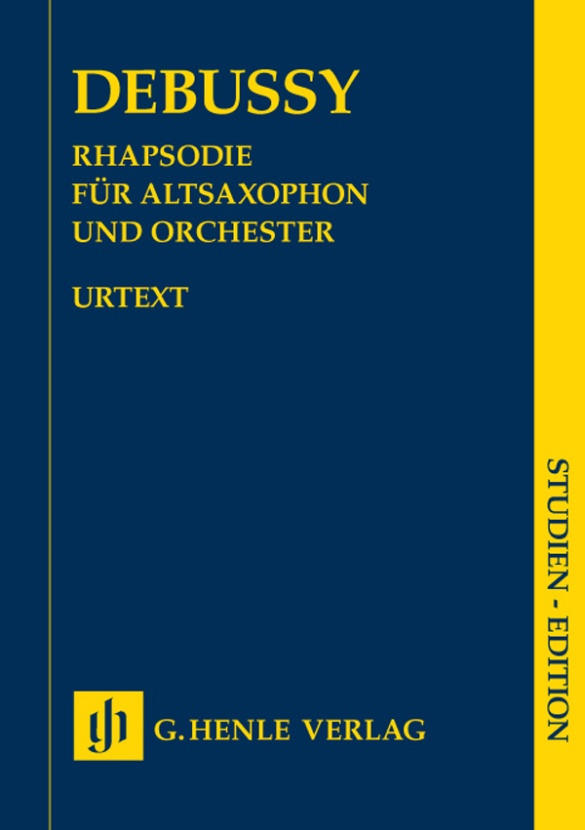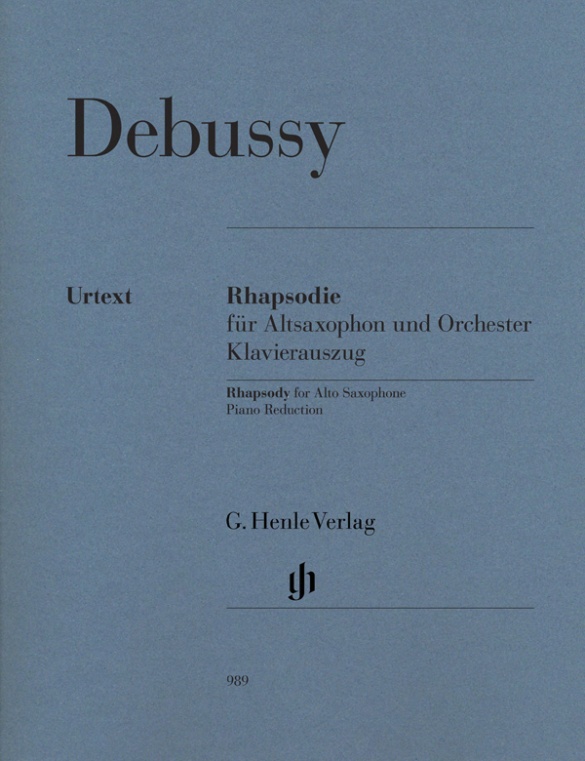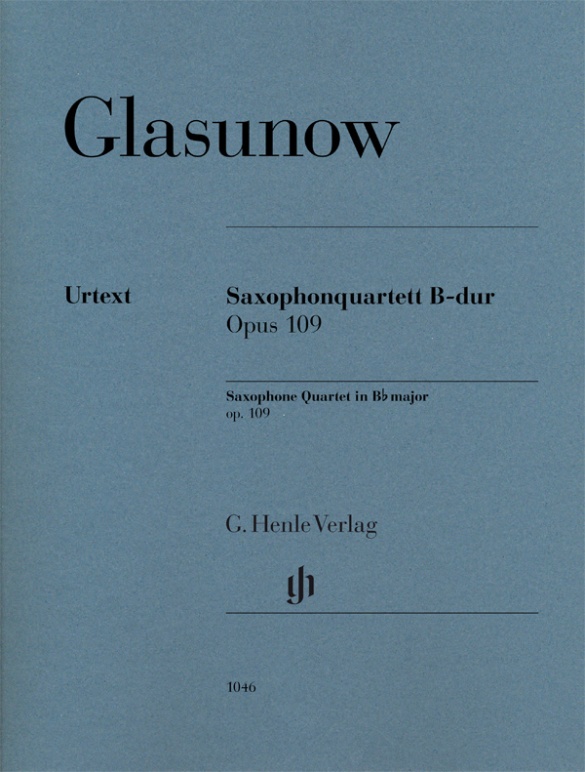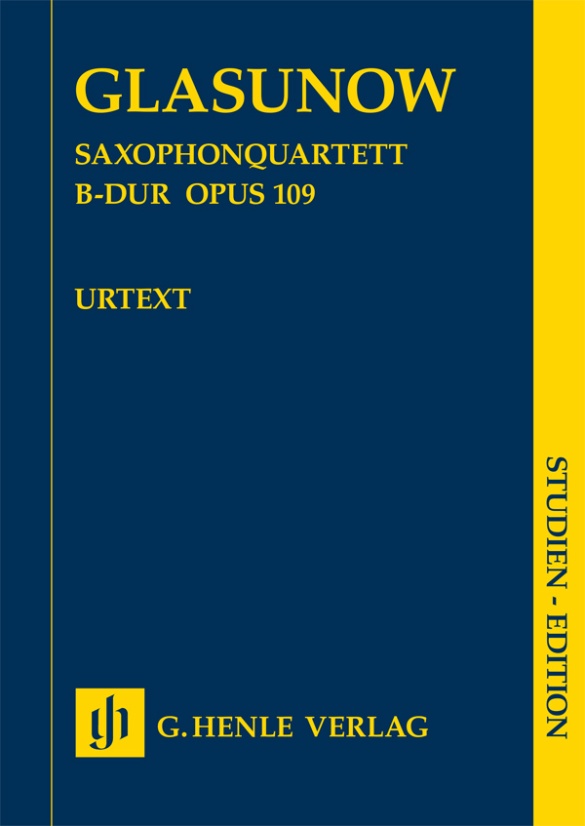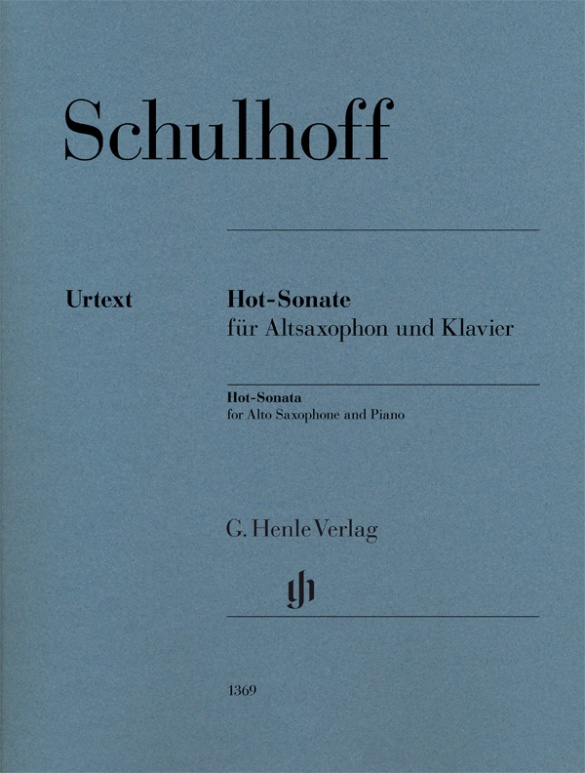

Erwin Schulhoff
Hot-Sonata for Alto Saxophone and Piano
Erwin Schulhoff (1894–1942) was one of the most original personalities on the music scene of the early 20th century. His persecution and ostracism by the National Socialists led to his being forgotten for a time, though in recent decades the extraordinary quality of his music has been rediscovered. It was inspired by jazz, Dada, atonal music and socialist realism. Schulhoff’s Hot-Sonata of 1930 displays the influence of jazz not least through the use of the saxophone as solo instrument, but also in its pithy rhythms, its glitzy harmonies and its use of playing techniques such as glissandi. The Hot-Sonata is published here for the first-ever time in an Urtext edition. It eliminates numerous mistakes found in the first edition that had been reprinted up to the present day. All the relevant sources were consulted for this edition: the autograph, an engraver’s copy, Schulhoff’s own copy of the published work, and further personal documents such as letters and contracts. Yet the discovery in Berlin’s Radio Archive of a previously unknown transcription documenting the version of the world premiere amounts to a minor sensation. In it a number of especially high passages can be found in the saxophone part which Schulhoff later simplified for the print edition. Our edition makes this hitherto unknown first version available for the first time in an ossia staff. The saxophonist Frank Lunte from Berlin was engaged to edit this volume. He is an acknowledged expert in this repertoire and in the history of the saxophone, especially its history in 1930s Berlin.
Content/Details
About the Composer
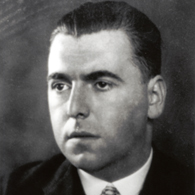
Erwin Schulhoff
A Bohemian composer and pianist, whose works reflect all the musical currents of his age: thus one may find jazz, trendy dances like the Charleston, neoclassicism, and Dadaism in them. He achieved great success as a concert and radio pianist. His compositional oeuvre includes stage works, songs, works for orchestra, chamber music, and piano pieces.
| 1894 | Born in Prague on June 8. |
| 1901 | On the recommendation of Antonín Dvořák he receives piano instruction from Heinrich von Kaan-Albest, director of the Prague Conservatory. |
| 1904 | He studies at the Prague Conservatory. |
| 1906 | He becomes a pupil of Willy Thern. |
| 1908 | On June 8 he matriculates at the Leipzig Conservatory. |
| 1909 | He is accepted into Max Reger’s composition studio. |
| 1911 | At the Cologne Conservatory he deepens his studies comprehensively, e.g., in piano, counterpoint, orchestration, composition, and conducting. |
| 1913 | He is awarded the Wüllner Prize and the Mendelssohn Prize. |
| 1918 | He receives the Mendelssohn Prize for a second time, this time for his String Quartet, op. 25. He is accompanist at the Cologne Opera. |
| from 1919 | He lives in Dresden with his sister, in whose studio a group of artists regularly gathers. |
| 1920–22 | Teaches at the conservatory in Saarbrücken. |
| 1924 | He is the music correspondent for the Prague Abendblatt (evening newspaper). |
| 1935–39 | He works as a radio pianist in Mährisch-Ostrau (Ostrava). Because of his Jewish heritage he loses his job. |
| 1941 | On June 23 he and his son are arrested during the German invasion. |
| 1942 | Dies in the Wülzburg internment camp on August 18. |
Product Safety Informations (GPSR)

G. Henle Verlag
Here you can find the information about the manufacturer of the product.G. Henle Verlag e.K.
Forstenrieder Allee 122
81476 München
Germany
info@henle.de
www.henle.com
Vorliegende Ausgabe gibt nicht nur den Originaltext wieder, sondern mit verschiedenen „Ossia“-Stimmen erstmals den Text der Uraufführung. Da Frank Lunte als begnadeter Saxofonist oft durch Deutschland tourt, gibt er zudem wertvolle Infos zur Spielpraxis.
Üben und Musizieren, 2018Edizioni come questa possono aiutare a riscoprirne appieno la figura.
Suonare news, 2019推荐
autogenerated_cross_selling
本书目其他版本


